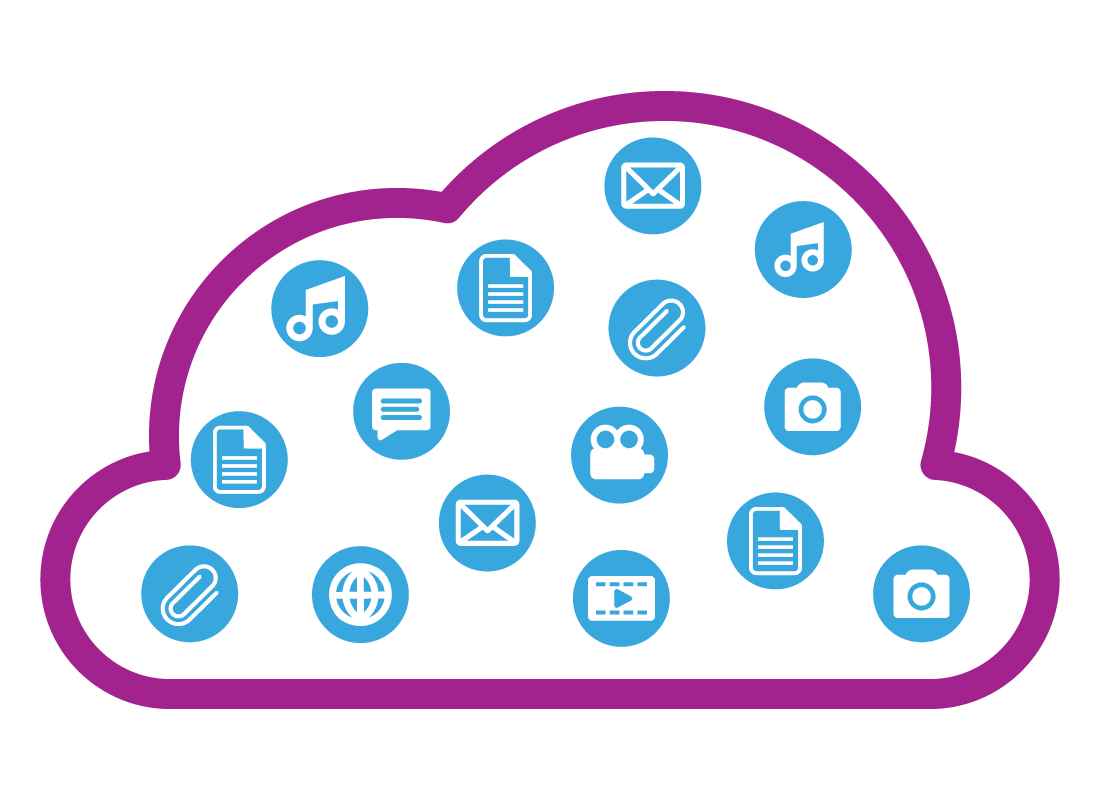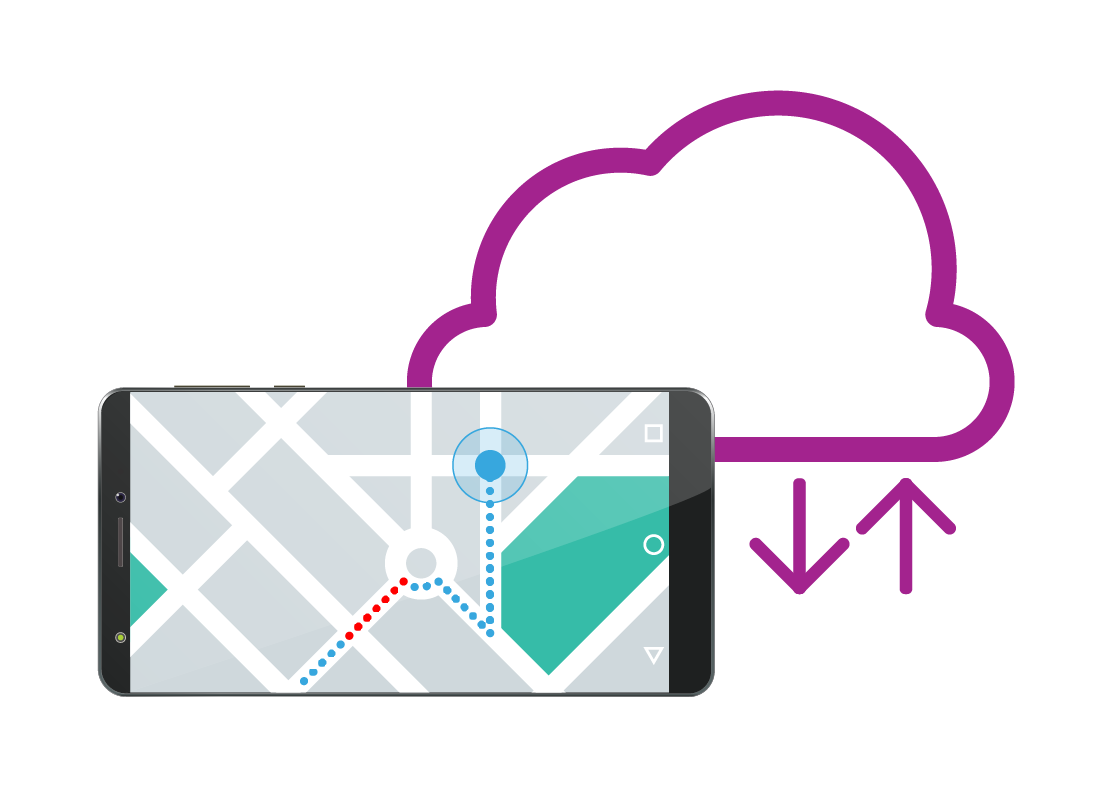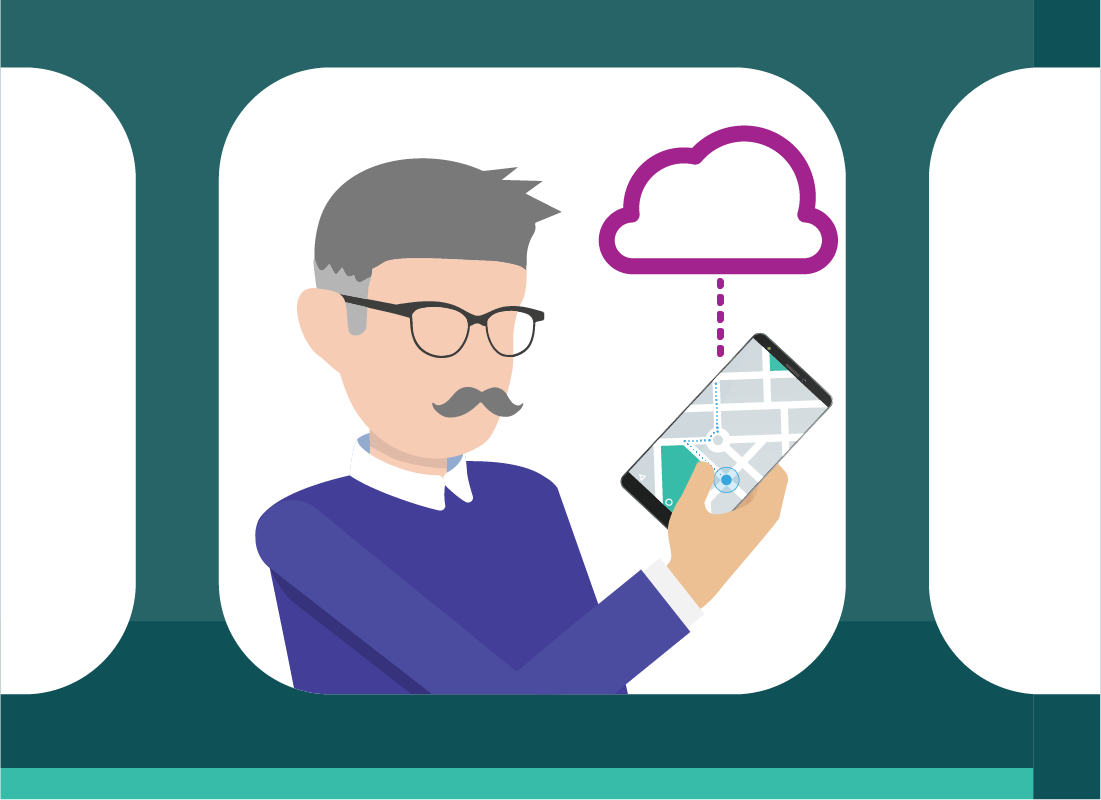Things you might recognise in the cloud
Things you might recognise in the cloud

What's coming up?
If you use a mobile device or computer regularly, the cloud is already a bigger part of your everyday life than you might have realised! In this activity, you’ll learn how some familiar things you do using your computer or mobile device, depend on the cloud to work.
Start activityThe cloud is everywhere
The cloud is a term for services that keep data online instead of on your device, or need the internet to do some of the things they do. You might be surprised how many everyday things use the cloud. Let’s take a look.


Email is in the cloud
If you use a web-based email service (also known as web mail) such as Gmail, or Outlook.com, your email is actually in the cloud.
Instead of downloading each message to your computer when you read it, you read it through an app or secure website.
Your email Inbox is in the cloud, as are all the attachments you receive via email. For instance, if someone sends you a photo, it is uploaded to the cloud.
When you download the photo to your computer, a copy stays in the cloud until you delete the email attachment from your Inbox.

eSafety tip
Web mail services keep you safe because you can read emails without worrying that viruses or other malicious software will automatically be downloaded onto your computer.
However, it’s important to remember that when you open an attachment, the attachment is downloaded to your computer or device, and this could expose your computer or device to a virus.
You should never open email attachments from a source you don’t recognise, and you should scan attachments for viruses using antivirus software. You can learn how to do this in the Apple desktop: Managing attachments and Windows desktop: Managing attachments activities.
Social media is in the cloud
When you use Facebook or other social media, you can view hundreds of messages and photos from your friends.
Your computer and mobile device don’t have enough storage to keep all these photos, which is why Facebook and other social media platforms work in the cloud.
For example, when you go to a friend’s Facebook page, Facebook simply displays the photos in the app or on the Facebook website, without taking up any of your computer or mobile device’s storage.


Your computer accounts are in the cloud
When you securely sign in to your computer or mobile device using a username and password, you’re using an account that can also access a number of cloud services.
That’s why you use a Gmail account name and password to sign into an Android device, and an Apple account username and password to sign in to an iPhone or iPad.
You can think of this account as a sort of key, which has powerful encryption and security, that lets you sign in safely to all sorts of services. These services include maps, storage, email, video messaging, a voice assistant and more.
Video streaming services are in the cloud
If you subscribe to a service such as Netflix or Stan, or use a catch-up TV service like ABC iView, you stream the shows and movies you watch from the cloud.
Streaming is when a movie or TV show starts playing on your TV or device, without you having to first download it as a file.
Streaming means you can start watching quickly, and that device doesn’t have to store a copy of the video.


Road maps and traffic reports are in the cloud
One of the most useful things a map app such as Google Maps or Apple Maps does, is show you real-time traffic updates along your route.
As you drive along, the map service finds real-time the traffic information in the cloud. It may offer an alternative route that will save you time, based on the real-time traffic information it is collecting.
This is all possible thanks to the cloud.
Well done!
This is the end of the Things you might recognise in the cloud activity. You’ve learned that many of the apps and services you use every day actually use the cloud too.
Next up, you’ll find out some of the main The benefits of the cloud.
